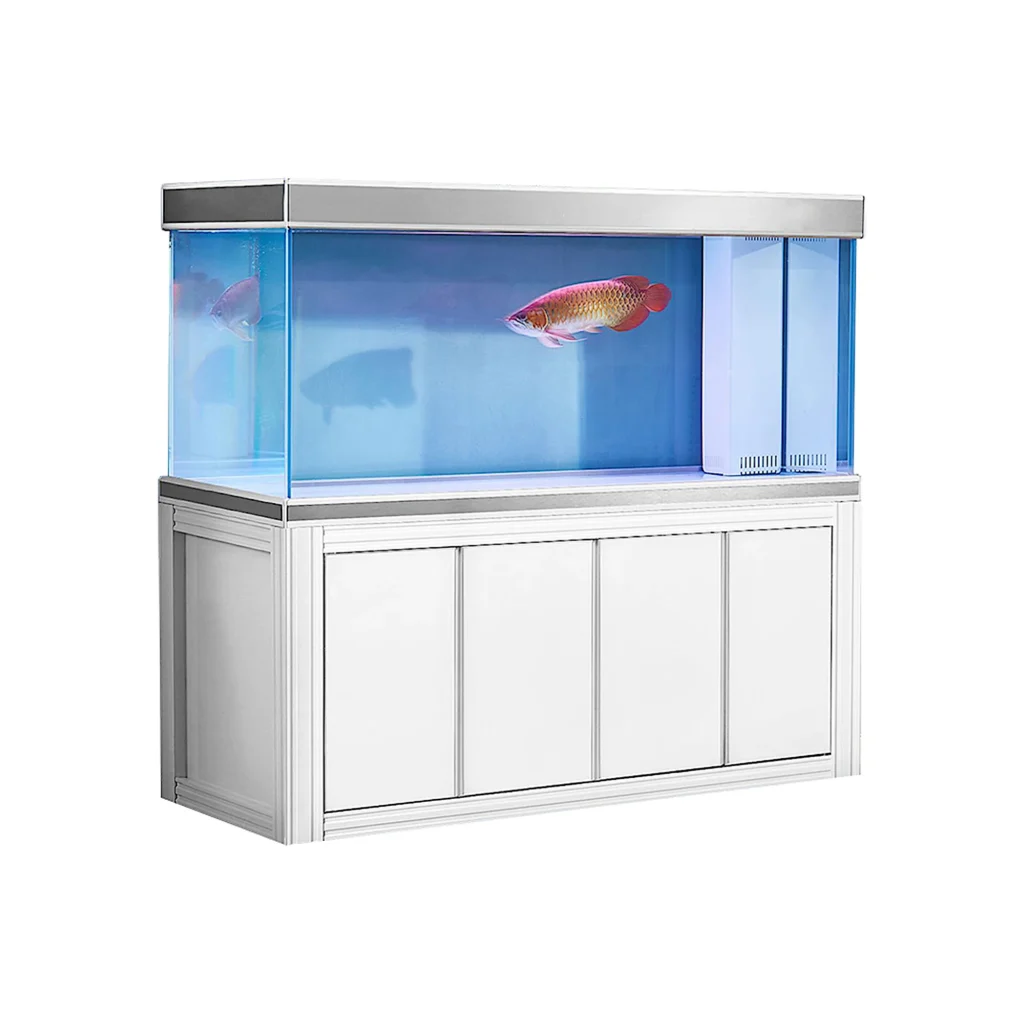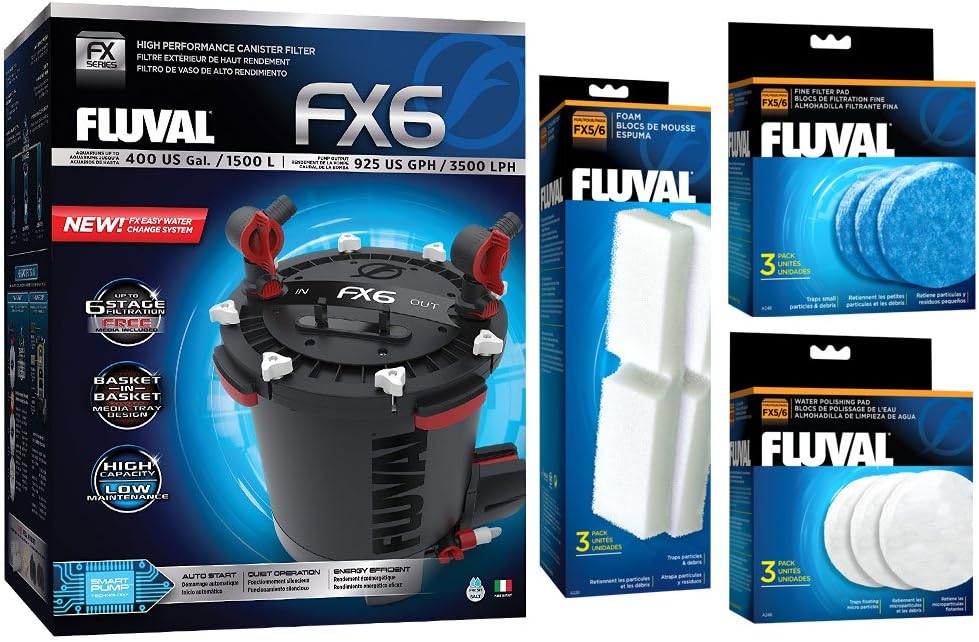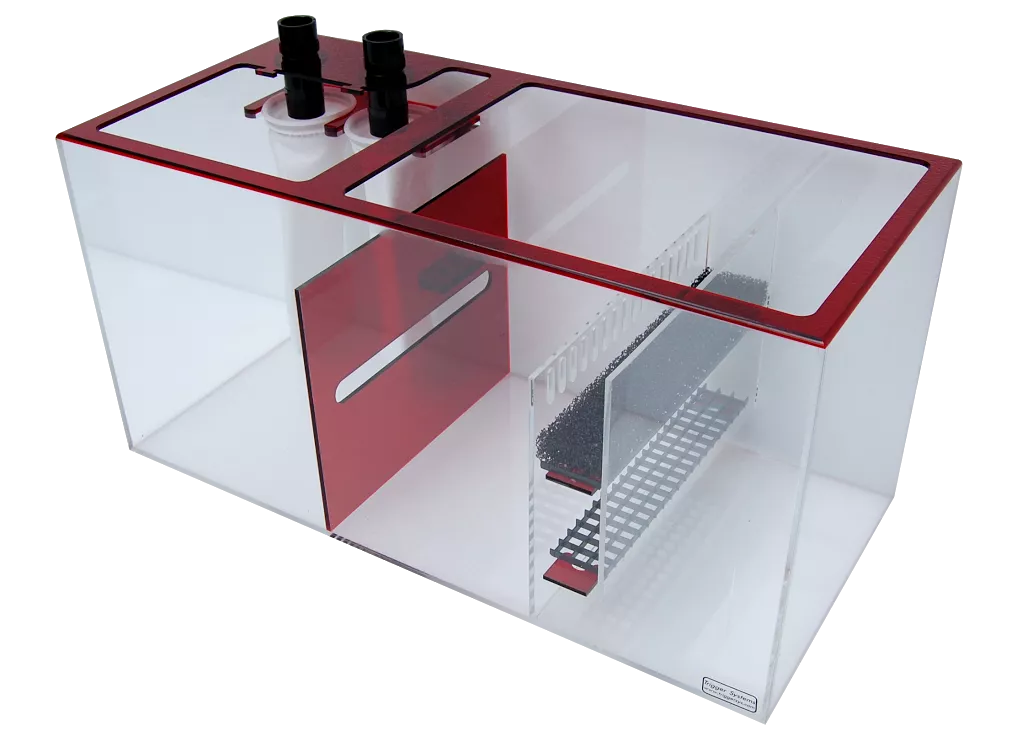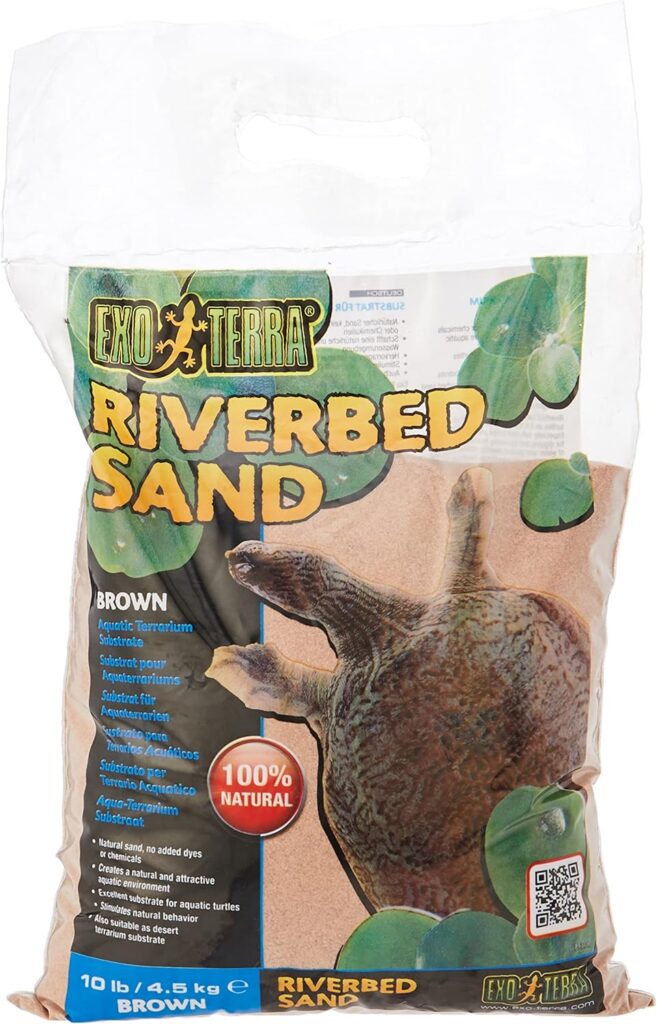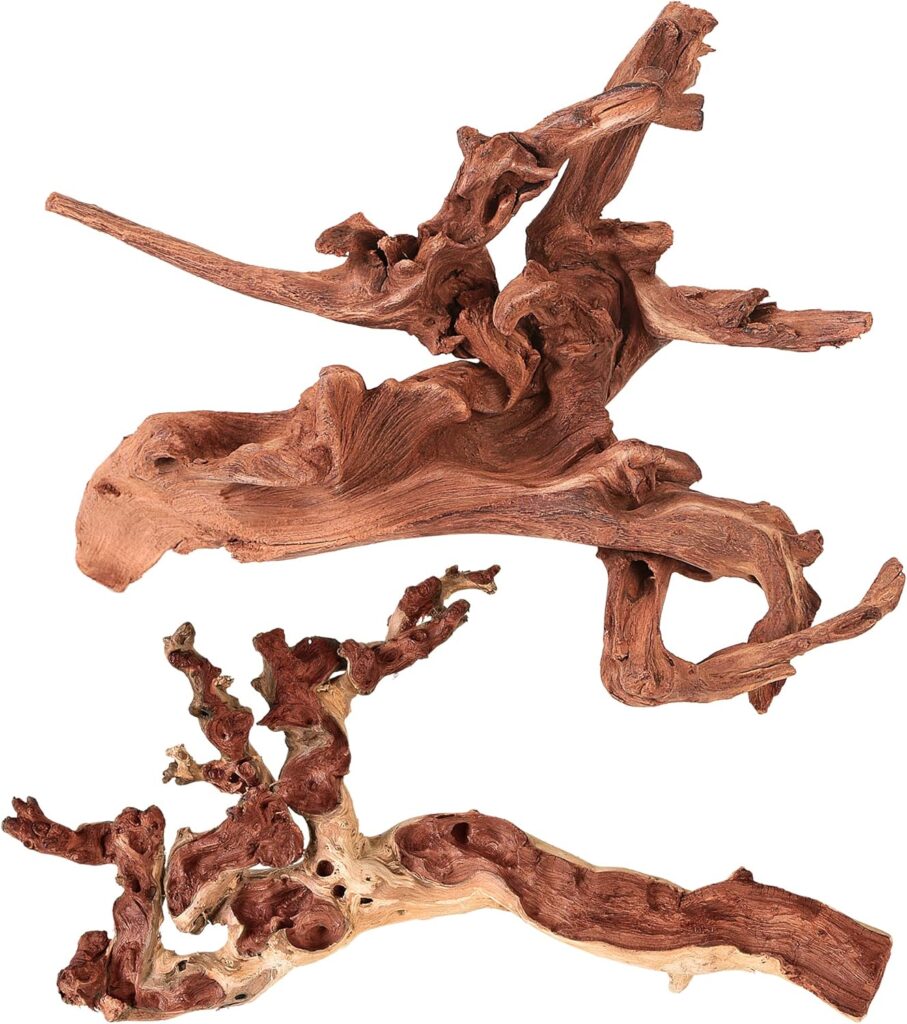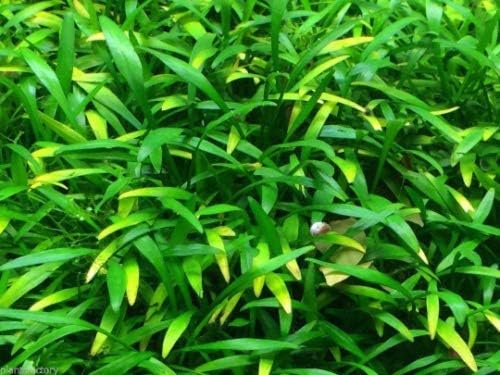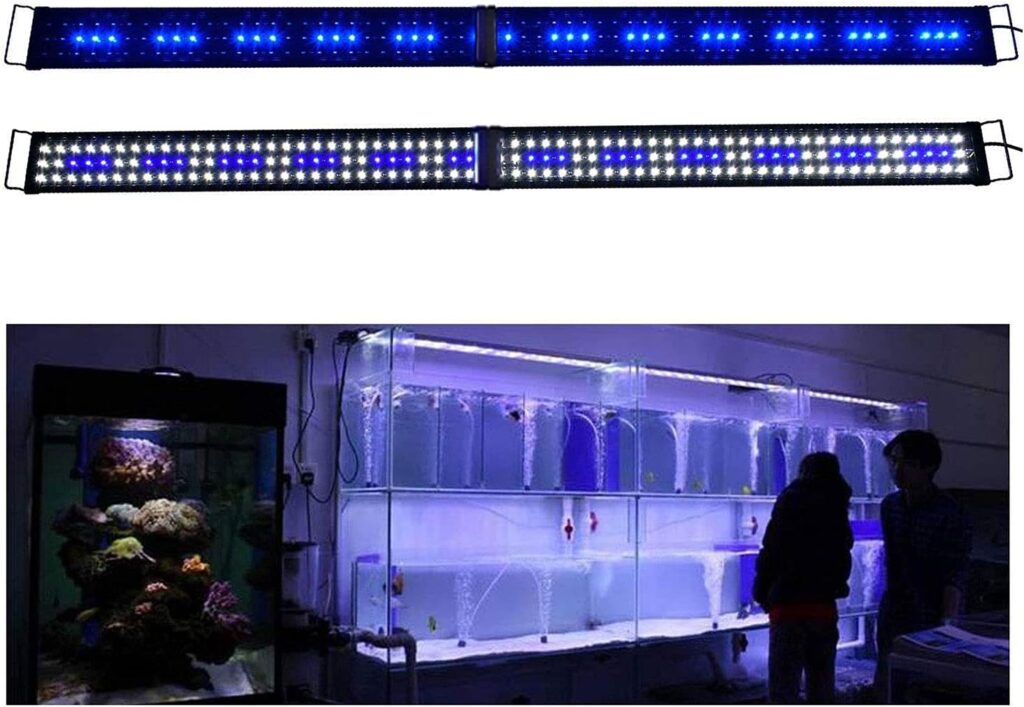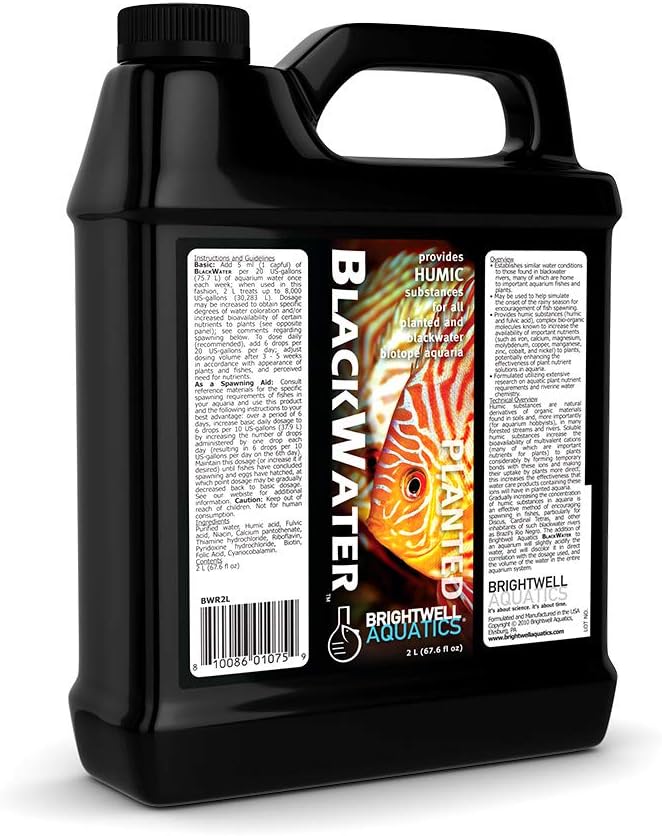
Discover how to create the perfect biotope for your Asian Arowana. Learn about water parameters, tank setup, diet, and maintenance to ensure a healthy and thriving fish. Explore top-rated Arowana care products available on Amazon!
Understanding the Asian Arowana’s Natural Habitat
Keeping an Asian Arowana is not just about having a tank—it’s about recreating its natural blackwater environment. This guide will help you set up an ideal biotope that balances both aesthetics and essential care.
Native to the slow-moving, tannin-rich waters of Southeast Asia, Asian Arowanas thrive in rivers, swamps, and floodplains. These environments feature tea-colored water, high tannin levels, low pH, and soft water conditions. Over millions of years, Arowanas have evolved to adapt to these unique habitats.
The RAREST & CRAZIEST Asian AROWANAS in the World!!
Key Water Parameters for an Asian Arowana:
- pH Level: 6.0 – 7.0
- Water Hardness: Soft (below 10 dGH)
- Temperature: 75-86°F (24-30°C)
- Tannins: Essential for blackwater conditions
- Tank Size: Minimum 250 gallons (950 liters) for an adult
Setting Up an Arowana Biotope
Step 1: Choose the Right Tank
Asian Arowanas grow up to 35 inches (90 cm) and require ample swimming space. A 250-gallon tank is the bare minimum, but larger tanks are always better. The extra space mimics their natural river habitat, allowing them to swim freely and reducing stress.
This 260 Gallon Aquarium is Next Level!
Step 2: Filtration and Water Flow
Arowanas inhabit slow-moving waters, so opt for a filtration system that provides excellent water quality without creating strong currents.
Fluval FX6 Canister Filter – Unboxing, Setup & Review
Recommended Filtration System:
- Mechanical Filtration – Removes debris
- Biological Filtration – Maintains beneficial bacteria
- Chemical Filtration – Clears dissolved organic compounds
A canister filter or sump system with adjustable outflows works best. Use spray bars or position outflows strategically to create gentle currents.
Trigger Systems Custom Sump Refugium Review
Step 3: Substrate and Hardscape
For an authentic riverbed feel, use fine, dark sand to avoid harming your Arowana’s sensitive belly.
Essential Decor:
- Driftwood – Provides tannins and a natural look
- Large Rocks – Adds structure but should be securely placed
- Open Swimming Areas – Arowanas need free space to move
Step 4: Plants and Leaf Litter
While Arowanas don’t require heavily planted tanks, adding Cryptocoryne species can enhance aesthetics and mimic their native habitat.
For authentic blackwater conditions, add:
- Indian almond leaves
- Oak leaves
- Peat moss
These elements release tannins, keeping the water chemistry stable and natural.
Step 5: Lighting
Arowanas live in shaded environments with dappled sunlight. Use adjustable LED lights with a warm, yellowish tone to mimic natural conditions. Set timers for 8-10 hours per day and use floating plants to create shaded areas.
Step 6: Preparing the Water
Water chemistry is crucial. Start with Reverse Osmosis (RO) water and adjust pH and tannins with:
- Peat Moss
- Indian Almond Leaves
- Blackwater Extract
Allow the tank to cycle for 2-3 weeks before introducing your Arowana.
Maintaining Your Arowana Biotope
Regular Maintenance:
- Weekly Water Changes: 20-30%
- Vacuum Substrate: Remove debris and uneaten food
- Filter Cleaning: Rinse in tank water to preserve bacteria
Essential Water Testing:
- pH: 6.0-7.0
- Ammonia: 0 ppm
- Nitrites: 0 ppm
- Nitrates: Below 20 ppm
- Temperature: 75-86°F (24-30°C)
Feeding Your Arowana
Asian Arowanas are carnivorous, requiring a diet of:
- Live/Frozen Fish
- Large Insects (crickets, mealworms)
- High-Quality Pellets
Feed adults 2-3 times per week, offering only what they can eat in a few minutes.
Common Mistakes & How to Avoid Them
✅ Overfeeding leads to water quality issues. Stick to a schedule. ✅ Skipping Water Changes – Essential for stability. ✅ Insecure Tank Lid: Arowanas are jumpers. Use a tight-fitting lid. ✅ Choosing the Wrong Tankmates: Avoid small fish that could be eaten. ✅ Unstable Water parameters: monitor and adjust slowly.
Key Takeaways
✔️ Blackwater biotope is essential for Arowana health. ✔️ Proper tank size, water parameters, and filtration are crucial. ✔️ Regular maintenance ensures long-term well-being. ✔️ Feeding should be balanced and appropriate for their carnivorous diet. ✔️ Responsible sourcing is vital due to conservation concerns.
Best Top 10 Most Beautiful Arowana Fish
FAQs
How often should I feed my Arowana? Feed adult Arowanas 2-3 times per week, offering only what they can consume in a few minutes.
Can I keep an Arowana with other fish? Yes, but choose large, peaceful species like Plecostomus or Tinfoil Barbs to avoid aggression.
What is the blackwater effect? It’s caused by tannins from decomposing organic matter like leaves and wood, which can be replicated using Indian almond leaves and driftwood.
How do I lower the pH in my Arowana tank? Use peat moss or Indian almond leaves, which naturally lower pH over time.
What are the signs of stress in Arowanas? Watch for loss of appetite, erratic swimming, or faded coloration, which indicate poor water quality or stress.
ASIAN AROWANA SPECIALIST Answers 10 Arowana Questions!!
By following this guide, you can create a thriving, authentic biotope that will keep your Asian Arowana happy and healthy for years to come! 🐠💦
Final Thoughts: Ethical Considerations
Asian Arowanas are endangered, and many countries regulate their trade. Always purchase from legal, reputable breeders who follow ethical practices. Research your local regulations before buying an Arowana.
